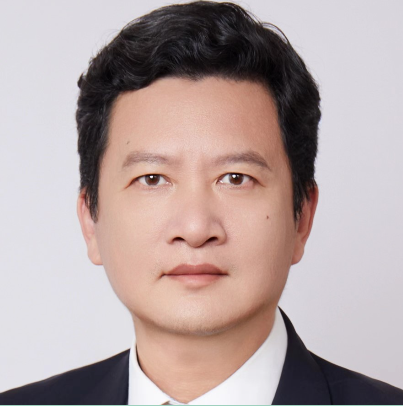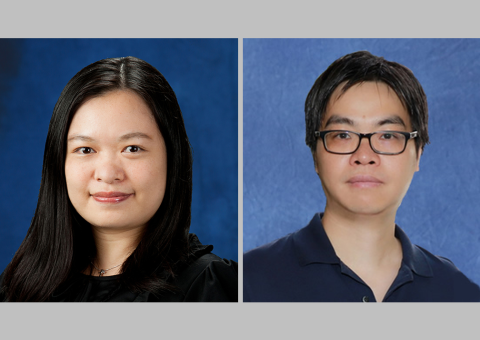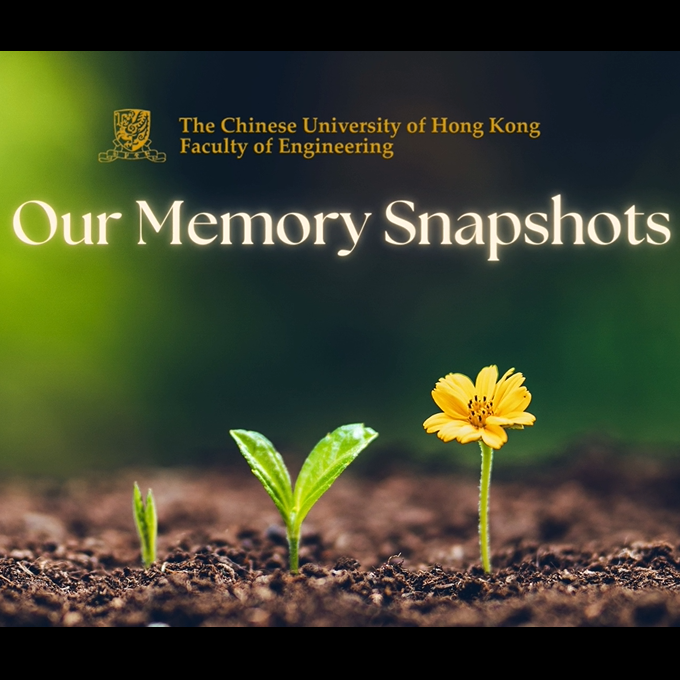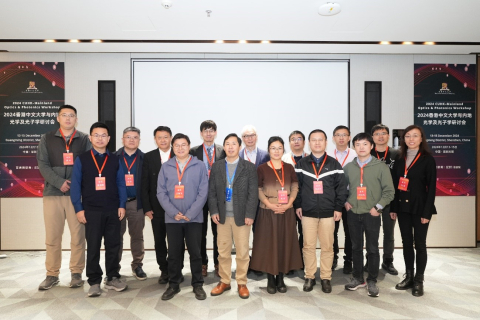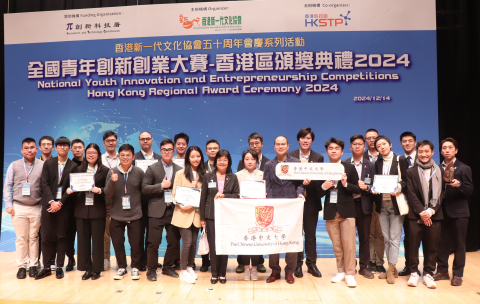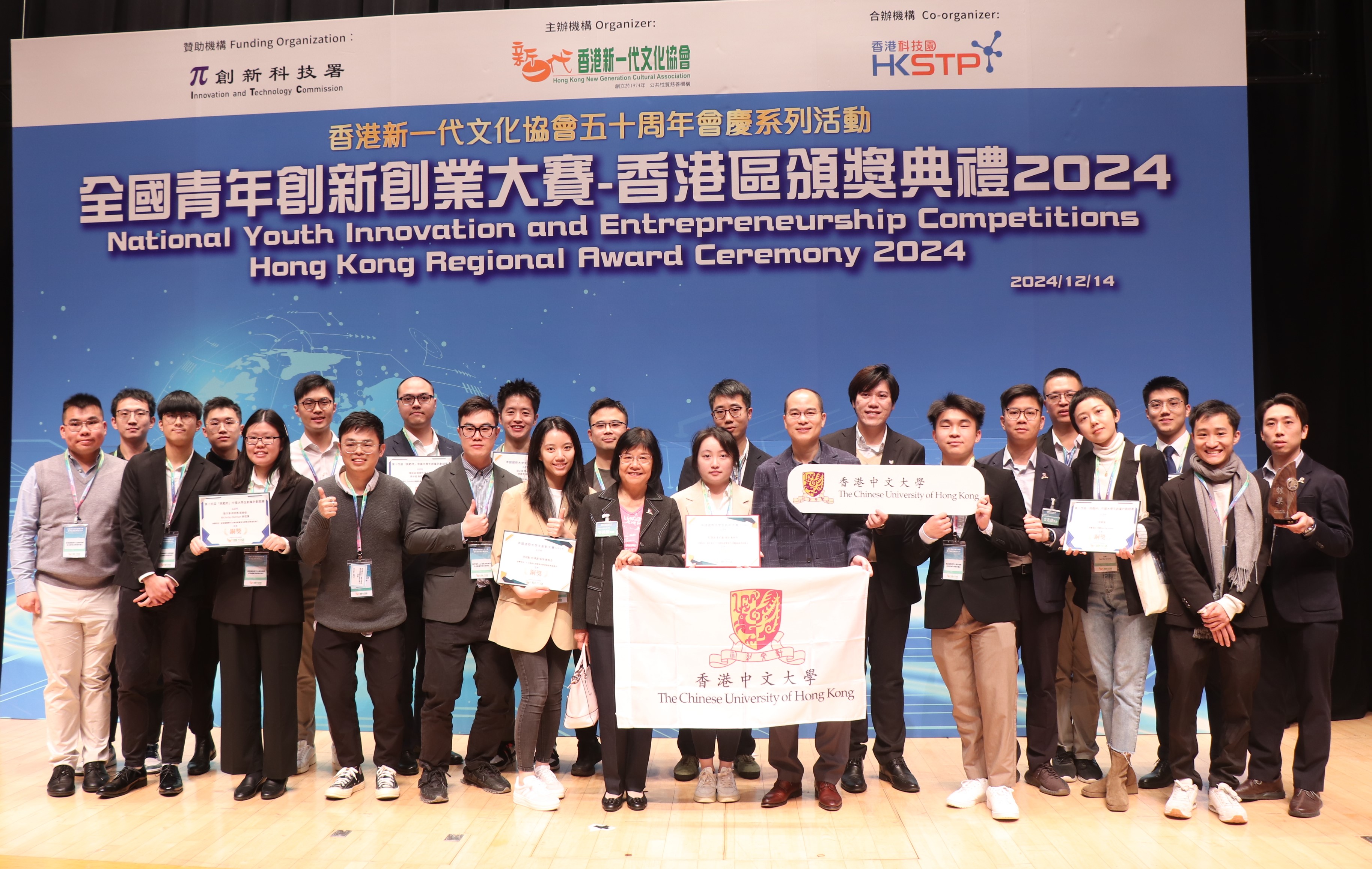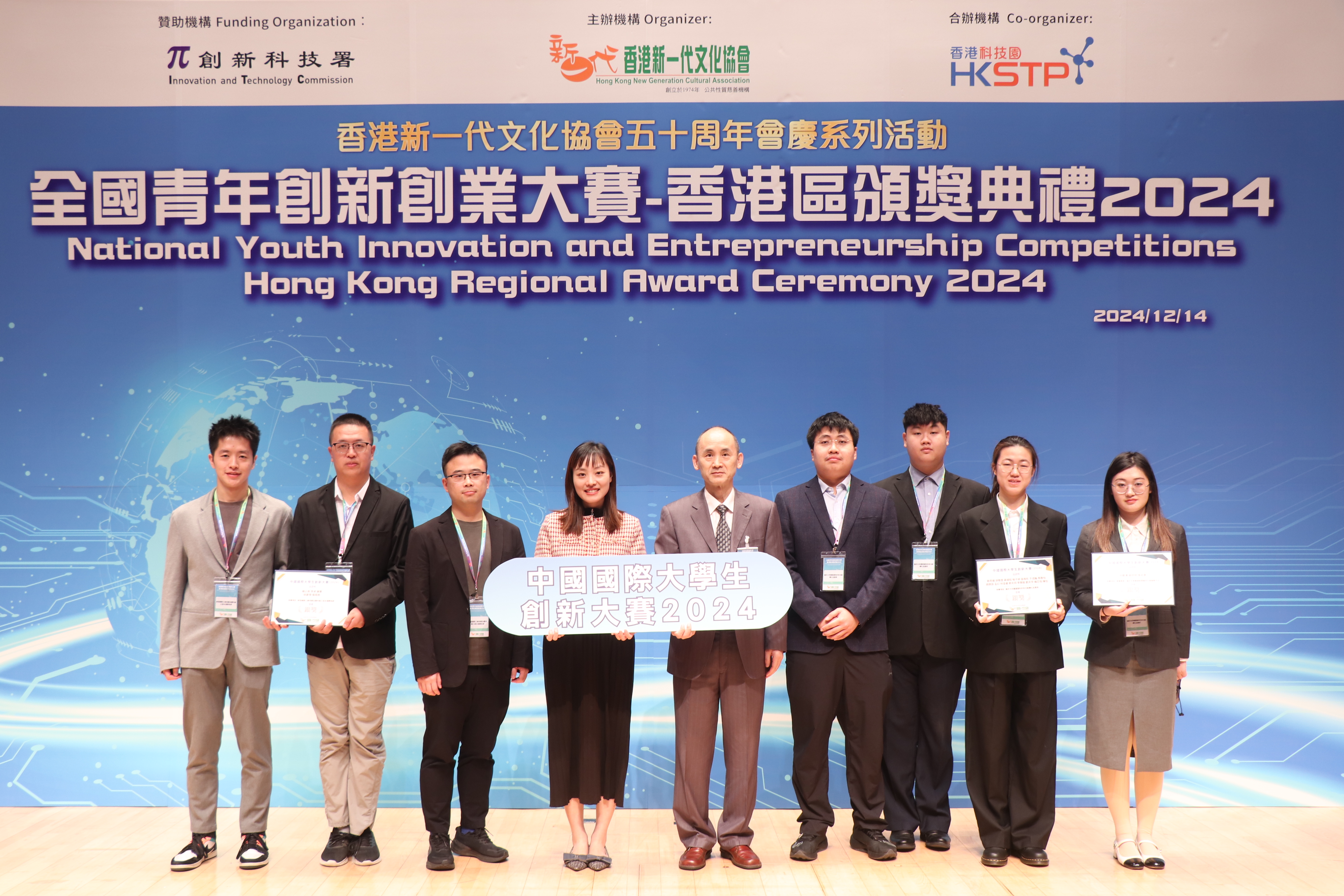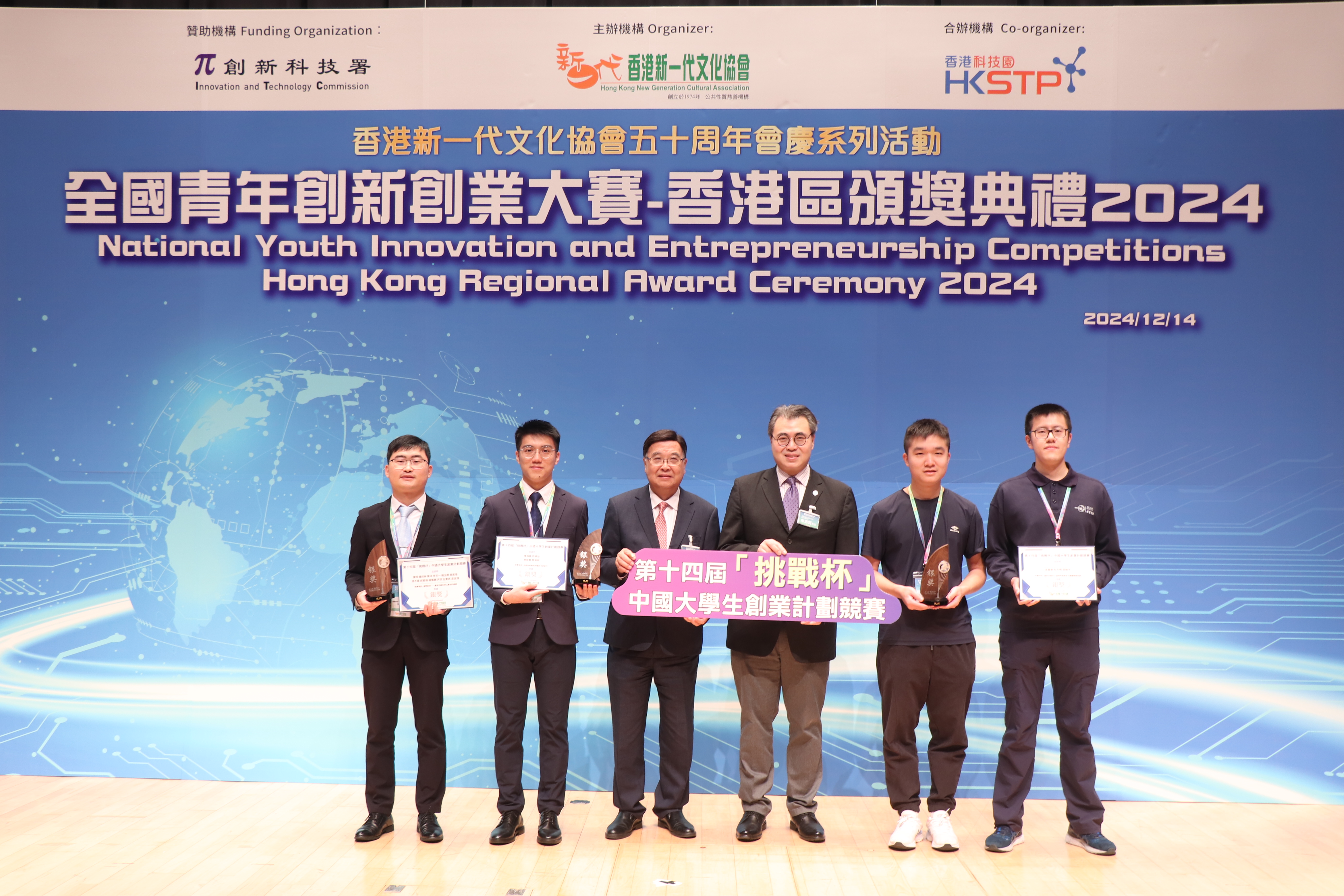Led by the Chief Secretary for Administration, the Strive and Rise Programme (「共 創明『Teen』計劃」) has been taken forward by an inter-departmental Task Force through tripartite collaboration between the Government, the business sector and the community. The Strive and Rise Alumni Club (共創明 teen 校友會) provides a platform for graduating mentees to broaden their horizons through activities and internship programs continuously. Organized by Tencent, being one of the supporting organization, CUHK Faculty of Engineering had been receiving over 80 secondary school students from the Strive and Rise Alumni Club on a programming event held on 27 December 2024 (Friday). This series of programme aim to provide opportunity for participating students to understand recent development of the technology industry and inspire their life planning through different elements such as technology learning, university life experience, and career enlightenment.
|
|


